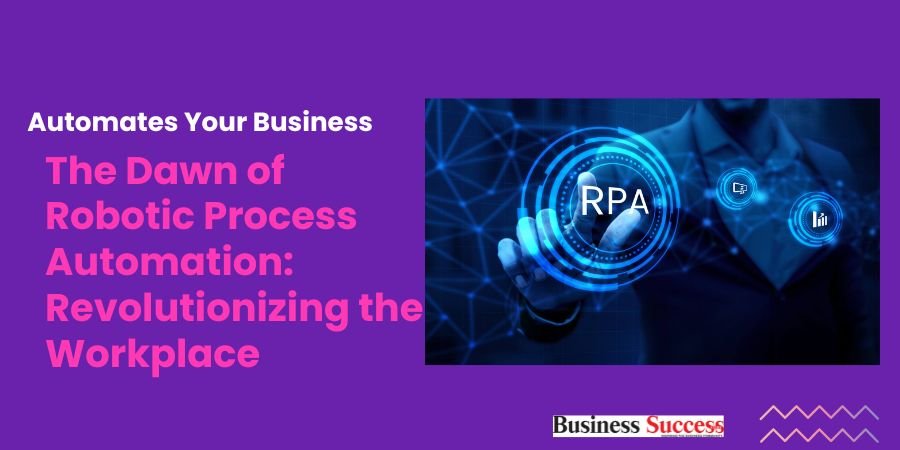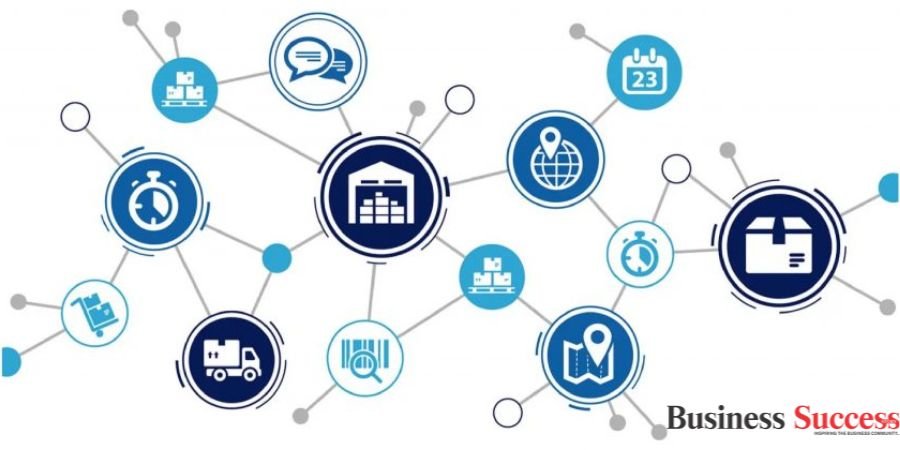In the rapidly evolving technological landscape, Robotic Process Automation (RPA) emerges as a transformative force, reshaping the fabric of business operations and opening new vistas for efficiency and innovation. As organizations strive to navigate the complexities of the digital age, RPA stands at the forefront of this journey, automating mundane and repetitive tasks with unprecedented precision and agility. This seismic shift not only heralds a new era of productivity but also redefines the contours of employment, compelling professionals and industries to adapt and thrive in a digitally augmented environment.
RPA’s ascendancy is underpinned by its versatile capability to mimic human actions within digital systems, executing a wide array of tasks from data entry to complex analytical processes without the need for constant human intervention. This automation extends beyond mere efficiency; it encapsulates a strategic pivot towards optimizing resource allocation, enhancing accuracy, and fostering a culture of innovation. By delegating routine tasks to robotic counterparts, organizations unlock their human capital’s potential, channeling creativity and strategic thinking towards higher-order business challenges.
The implications of RPA transcend operational enhancements, heralding a paradigm shift in the job market. While the narrative surrounding automation often gravitates towards job displacement, RPA’s reality is nuanced and multifaceted. Indeed, the automation of tasks poses a challenge to certain roles, particularly those characterized by repetitive, manual activities. However, this narrative overlooks the spectrum of opportunities birthed by RPA, encompassing new job creation, role transformation, and the upskilling of the workforce. Positions such as RPA developers, analysts, and architects are in burgeoning demand, embodying the symbiotic relationship between humans and machines in crafting the future of work.
This technological renaissance is not without its challenges. The integration of RPA demands a strategic vision, underpinned by a robust understanding of organizational processes and the nuances of human-machine interaction. The journey towards automation requires a cultural shift, embracing change, fostering adaptability, and nurturing a mindset of continuous learning. Moreover, the ethical dimensions of RPA, encompassing data privacy, security, and the broader societal impact, necessitate a thoughtful and comprehensive approach to deployment.
As organizations chart their course through the digital frontier, the strategic incorporation of RPA emerges as a critical lever for competitive advantage. The trajectory of RPA is not merely about automating tasks; it’s about reimagining business processes, enhancing customer experiences, and catalyzing innovation. The fusion of RPA with emerging technologies such as artificial intelligence and machine learning further amplifies its potential, paving the way for intelligent automation ecosystems that are responsive, adaptive, and transformative.
In conclusion, the ascent of Robotic Process Automation is a clarion call to professionals and organizations alike to embrace the digital revolution. As we stand on the precipice of this new era, the future of work is being rewritten, characterized by collaboration between humans and machines, the redefinition of roles, and the boundless potential for innovation. The journey towards a digitally augmented future is fraught with challenges, yet it is imbued with opportunities for those willing to navigate the complexities of change, invest in skills development, and envision a future where technology and human ingenuity converge to create value beyond the sum of their parts. The dawn of RPA is not a harbinger of obsolescence but a beacon of opportunity, illuminating the path towards a more efficient, innovative, and inclusive world.














